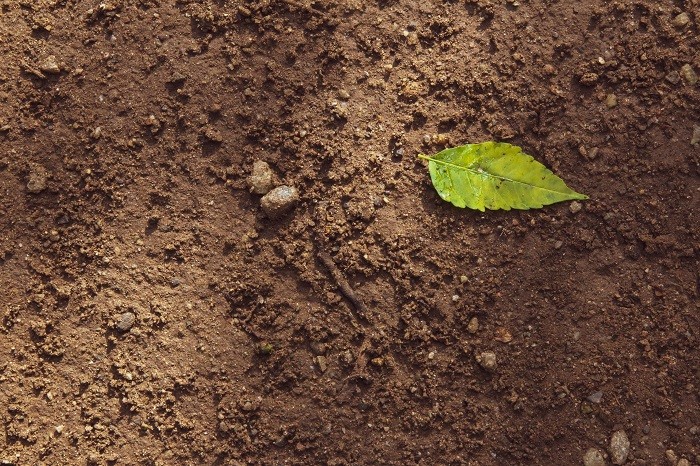To facilitate the development of plants and vegetables, the soil requires a good preparation as well as a regular maintenance. Ploughing is therefore an essential operation to aerate the soil and make a success of your crops. But, how can you make a clean sweep in your garden? In this article, discover our advice on how to use the right tools and the appropriate methods.
Contents
Why Till the land?
The action of plowing a soil consists in turning over the soil in order to bring its lower part to the surface. The movement mainly allows the removal of old crops and weed roots. The objective is then to prepare a loose soil for the next sowing.
On the other hand, plowing aerates the soil, which allows the restoration of the vitality of the soil as well as the development of micro-organisms conducive to the development of plants.
Note that it is advisable to plow the soil of your garden every year, preferably before the beginning of winter, before the soil becomes too wet.
Tools to use
For manual plowing, all you need is a pitchfork and good physical endurance! If you don’t have a fork, other hand tools can be used: spade, spade fork, automatic spade.
However, it is advisable to use a motorized machine, especially if the area to be plowed exceeds 200 square meters. In case of a medium-sized garden, plow it with a thermal or electric tiller with rotating knives. And if the surface is larger, it is better to use a microtractor that will pull a ploughshare, which is more commonly known as a plow.
Finally, after ploughing, the gardener will think of refining the soil. For this, you will need a hand tool such as a claw or a rake. And when working with a rototiller, the necessary tool is a rotary crusher or a thermal or electric spade.
How to till the soil?
Remove weeds by hand
The first step in tilling the soil is to manually remove weeds, bulky branches and dead wood. Also remove old plantings and stakes by hand to make a clean sweep.
Hand plowing with a pitchfork
Next, you can perform a manual plowing. This can be done without a motorized machine, provided that your garden is small and that you do not suffer from any health problems!
In this case, the soil is plowed manually with a fork that is driven into the soil. Then turn the clod over so that the bottom of the plow is on the surface. Then tap the clod with your fork. And to cover the entire surface of the plot, arrange yourself in rows.
The most efficient solution: use a tiller
Using a tiller to plow your garden is the safest way to go, especially if the area is larger than 200 square meters. You will undoubtedly get less tired. And on the other hand, the work will be more regular, although more coarse.
To plow the land with a tiller (purchased or rented), you need to follow these steps:
Adjust the working depth of the plow share or rotary knives. It is best not to dig too deep, between 20 and 30 centimeters;
move in rows. The soil turned over should then cover that of the previous row;
and regularly clean the rotary knives so that they are not surrounded by roots.
Refining the soil after plowing
But the work does not stop there! Indeed, it is necessary to refine the soil after plowing. This work consists in crumbling the clods with a claw or a rake.
If you have used a tiller, you will refine the soil with a rotary crusher or a spade. This should be done on a regular basis. And during this task, take advantage of the opportunity to remove the disturbing stones and debris.
Finally, gardeners will also enrich the soil with soil improver or fertilizer products while respecting the nature of the land.


